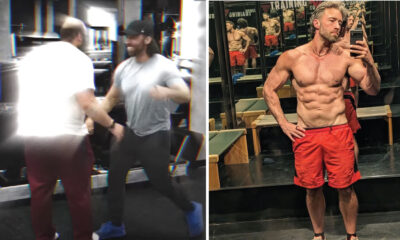Celebrity
Who is Casey Coates? Unpacking the Visionary Behind Environmental Design
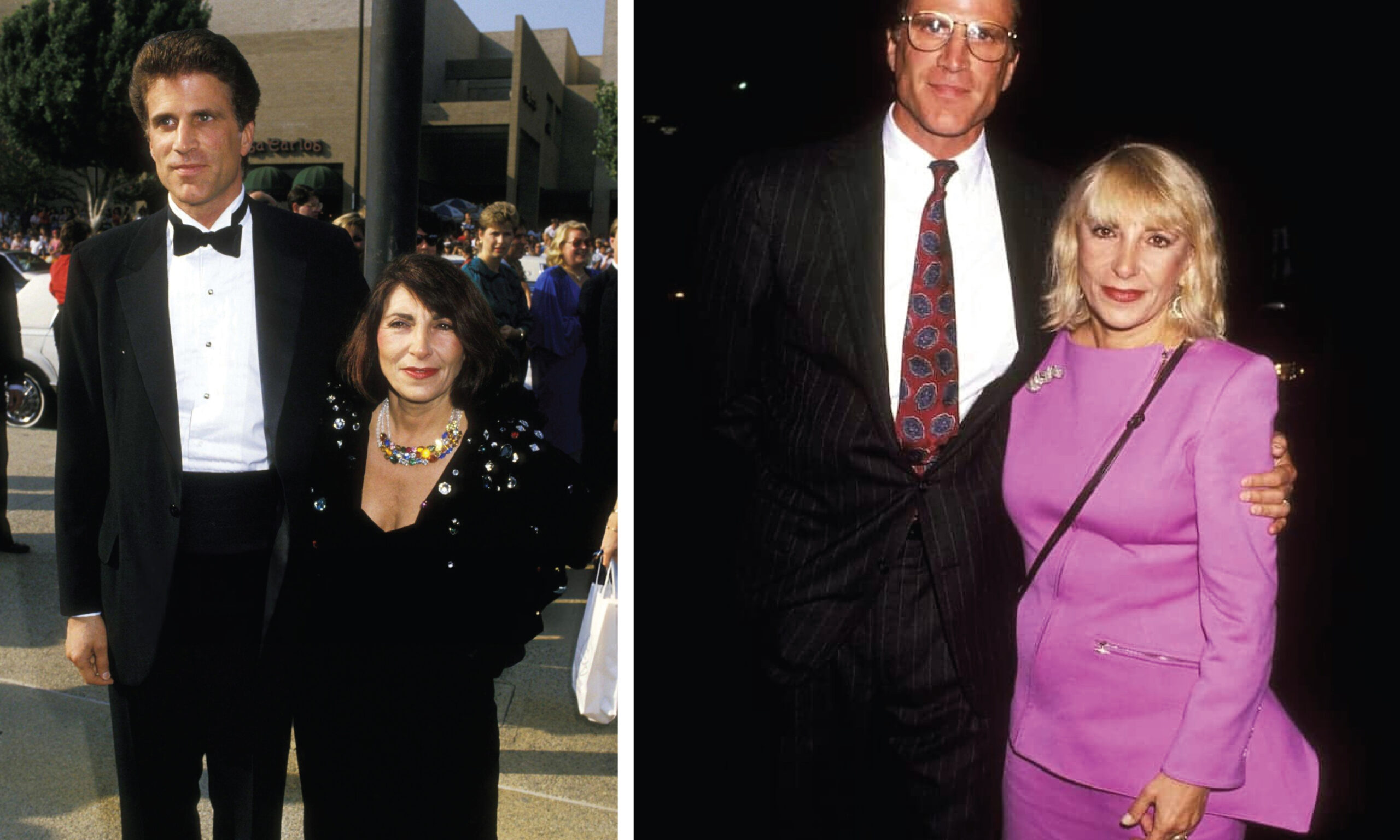
- Share
- Tweet /home/u433845138/domains/newsmm.co.uk/public_html/wp-content/plugins/mvp-social-buttons/mvp-social-buttons.php on line 71
https://newsmm.co.uk/wp-content/uploads/2025/06/765-01-1000x600.jpg&description=Who is Casey Coates? Unpacking the Visionary Behind Environmental Design', 'pinterestShare', 'width=750,height=350'); return false;" title="Pin This Post">
Casey Coates, born Cassandra Coates, is a name that resonates with passion, vision, and a deep-rooted commitment to our planet. While some might recognize her as the former wife of acclaimed actor Ted Danson, her story extends far beyond the realm of Hollywood. Casey Coates is a formidable force in her own right, an accomplished environmental economist, pioneering interior designer, and dedicated movie producer, whose life’s work revolves around promoting sustainability, advocating for clean energy, and championing social justice.
Her journey is one of remarkable dedication, from designing solar-powered homes to co-founding influential environmental organizations and using her artistic talents to shed light on pressing societal issues. This article delves into the multifaceted life and impactful contributions of Casey Coates, a true visionary tirelessly working towards a greener and more equitable world.
Casey Coates
| Details | Information |
|---|---|
| Full Name | Cassandra Coates |
| Date of Birth | March 13, 1938 |
| Place of Birth | Long Island, New York City, USA |
| Nationality | American |
| Occupation | Environmental Economist, Interior Designer, Movie Producer, Environmental Activist, Photographer |
| Education | Bachelor of Fine Arts (BFA) in Environmental Design from Parsons School of Design (graduated with honors, 1975) |
| Known For | Sustainable design, environmental activism (co-founding American Oceans Campaign, founding Global Possibilities), producing environmental documentaries, her photography book “Angels Unawares,” and being the former wife of Ted Danson. |
| Spouse (Former) | Ted Danson (married 1977, divorced 1993) |
| Children | Kate Danson, Alexis Danson (adopted) |
| Current Status | Single, residing in Los Angeles, California. Continues her work in environmental advocacy and design. |
The Roots of a Visionary: Early Life and Education
Born on March 13, 1938, in the vibrant landscape of Long Island, New York City, Casey Coates began her life’s journey with an innate curiosity and a budding passion for creative expression. Her early experiences undoubtedly shaped the foundation for her later work, though it was her formal education that truly ignited her unique path.
Casey’s academic pursuits led her to the prestigious Parsons School of Design, a renowned institution for art and design. Here, she embarked on a Bachelor of Fine Arts in Environmental Design, graduating with honors in 1975. It’s significant to note that she specialized in “Environmental Design” long before the term “sustainability” became a household word, showcasing her foresight and innovative approach. This specialized training provided her with a deep understanding of how built environments interact with nature, laying the groundwork for her pioneering work in sustainable design. Her academic portfolio from this era, which she reportedly still possesses, speaks to her early dedication to this field.
After her time at Parsons, Coates honed her skills working with esteemed firms like Ben Thompson in Massachusetts, further developing her expertise in interior and environmental design. It was during this period that her vision for integrating ecological principles into design began to crystallize, setting her apart in the field.
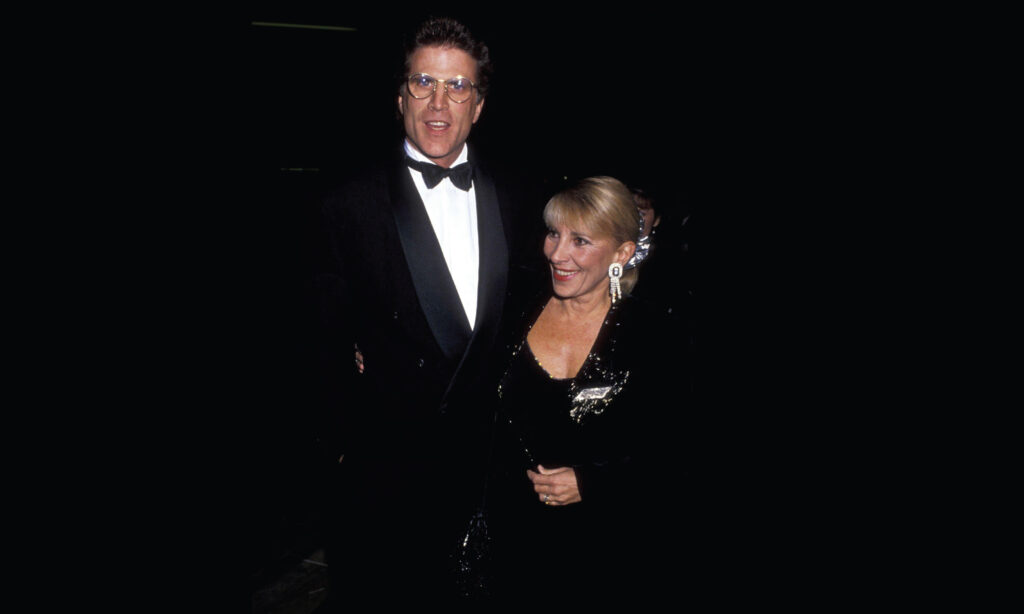
A Pioneer in Sustainable Design and Environmental Activism
Casey Coates’s career is marked by a consistent and unwavering commitment to environmental stewardship. Her work as an environmental designer is not merely aesthetic; it’s deeply rooted in the philosophy of creating spaces that harmonize with nature and minimize ecological impact. She is a living testament to her beliefs, having designed and resided in her own solar-powered home in Los Angeles – a tangible demonstration of her dedication to sustainable living.
Her innovative approach extends to her interior design work, where she consistently seeks to create solutions that are both beautiful and environmentally responsible. This holistic perspective, combining aesthetics with ecological consciousness, has been a hallmark of her professional life.
Beyond individual projects, Coates has channeled her passion into large-scale advocacy, becoming a prominent voice in the environmental movement:
- American Oceans Campaign (AOC): In 1987, Casey Coates co-founded the American Oceans Campaign, a pivotal moment in her activism. Recognizing the critical importance of healthy oceans, the AOC became a powerful advocacy group dedicated to ocean protection. This organization later merged with Oceana, further amplifying its impact on marine conservation efforts globally. Her involvement in the AOC demonstrated her early understanding of the interconnectedness of all ecosystems and the urgent need to protect our planet’s vital resources.
- Global Possibilities: Driven by a desire to accelerate the transition to clean energy, Coates established Global Possibilities in 1996. This non-profit organization is a national advocate for solar and renewable energy, working tirelessly to reduce our collective dependence on fossil fuels and mitigate the impacts of climate change. Through Global Possibilities, Coates has championed educational initiatives, raised public awareness, and actively promoted the adoption of sustainable energy solutions. Her work with this organization reflects her proactive approach to environmental challenges, focusing on viable solutions and tangible change.
- Documentary Production: Understanding the power of storytelling to inspire change, Casey Coates ventured into movie production, using film as a medium to educate and mobilize. She produced documentaries like “Who’s Got The Power,” which directly addresses climate change and the imperative of energy conservation. These films serve as crucial tools in her mission to inform the public and encourage environmentally conscious choices.
- United Nations and Global Advocacy: Coates’s influence extends to the international arena, where she has worked with the United Nations on Climate Change. Her involvement at this level underscores her dedication to driving policy changes and fostering global cooperation in addressing the climate crisis. She consistently advocates for clean energy policies and sustainable practices on a worldwide scale, demonstrating her belief that environmental challenges require collective, international action.
- Board Memberships: Her expertise and commitment have been recognized through her appointments to the boards of prestigious institutions such as Parsons School of Design and the Southern California Institute of Architecture. These roles allow her to influence future generations of designers and architects, instilling in them the principles of sustainable and responsible design from the ground up.
Casey Coates’s environmental activism is a testament to her belief in the power of individual and collective action to bring about meaningful change. She doesn’t just talk about sustainability; she actively designs, advocates, and creates to make it a reality.
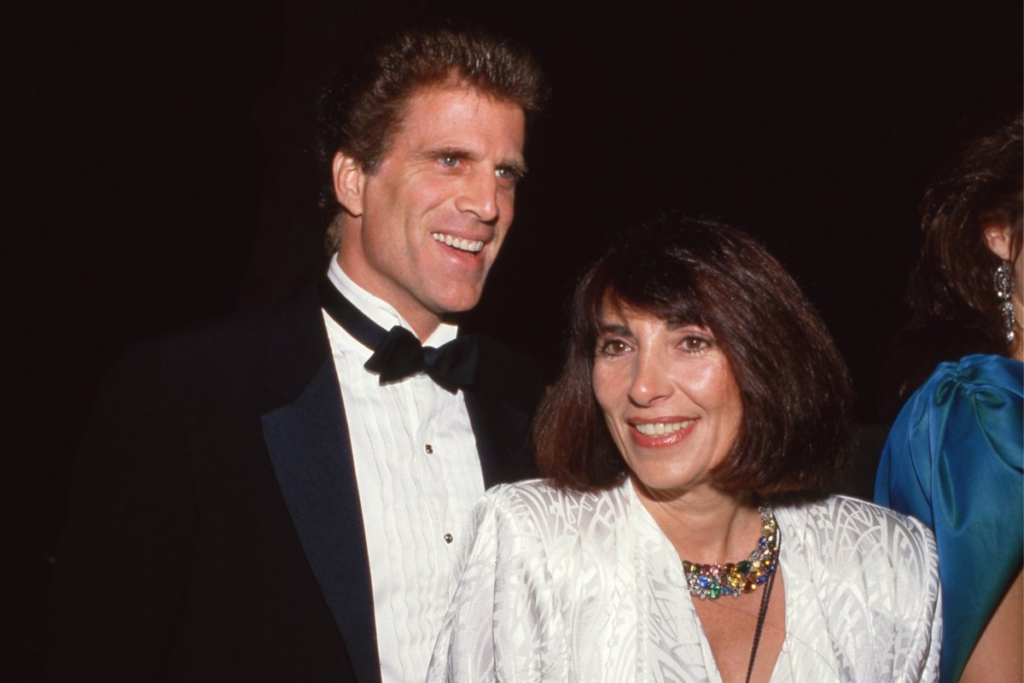
A Lens on Humanity: Photography and Social Advocacy
Beyond her environmental endeavors, Casey Coates has also embraced photography as a powerful tool for social commentary and advocacy. Her artistic expression beautifully intersects with her humanitarian concerns, most notably in her compelling book, “Angels Unawares: Portraits of the Homeless in L.A.”
Published in 2018/2019, this thought-provoking work showcases Coates’s profound empathy and her keen eye for the disparities that exist within society. The book features a powerful juxtaposition: photographs of opulent, energy-efficient homes are digitally layered with striking black-and-white portraits of individuals experiencing homelessness in Los Angeles. This visual contrast is not merely artistic; it’s a profound statement on the chasm between wealth and poverty, particularly within the context of environmental consciousness.
Through “Angels Unawares,” Coates aims to humanize the homelessness crisis, giving faces and stories to those often overlooked. The project, which was over 12 years in the making, highlights her deep commitment to shedding light on this pressing social issue. Furthermore, a portion of the proceeds from the book sales directly supports organizations dedicated to assisting the homeless in Los Angeles, transforming her art into tangible aid. This initiative demonstrates her belief that true sustainability extends beyond environmental concerns to encompass social equity and human well-being.
The Public Eye: Personal Life and Resilience
While Casey Coates is celebrated for her professional achievements, her personal life has also, at times, been subject to public interest, largely due to her marriage to actor Ted Danson.
Casey Coates and Ted Danson married in 1977. Their relationship faced a significant challenge in 1979 when Casey suffered a stroke while giving birth to their first daughter, Kate. This was a profound and difficult period, and Ted Danson reportedly took a hiatus from his acting career to focus on caring for his wife and assisting in her recuperation. Their resilience during this time was a testament to their bond. Later, they adopted a second daughter, Alexis Danson, completing their family.
However, their marriage eventually concluded in 1993, following reports of Ted Danson’s affair with actress Whoopi Goldberg. The divorce was widely reported as one of Hollywood’s most costly settlements at the time, underscoring the financial implications that can accompany public divorces. Despite the challenges and public scrutiny surrounding her divorce, Casey Coates has maintained a dignified presence, continuing to dedicate her energy to her passions.
As of 2024, Casey Coates is 86 years old. She remains single and resides in Los Angeles, California, continuing to live in the solar-powered home she designed herself. Her commitment to her principles remains unwavering, and she continues to be an active and influential figure in the spheres of environmentalism and social advocacy.
The Enduring Legacy and Impact
Casey Coates’s journey is a powerful narrative of purpose-driven living. Her impact extends far beyond her personal achievements, influencing broad conversations about environmental responsibility and social justice. Through her pioneering work in environmental design, she has not only showcased the feasibility of sustainable living but has also inspired countless others to adopt similar practices. Her role in co-founding the American Oceans Campaign, which contributed to the formation of Oceana, has left an indelible mark on marine conservation. Furthermore, her establishment of Global Possibilities has played a crucial role in advocating for and advancing renewable energy solutions.
Her book, “Angels Unawares,” stands as a powerful example of how art can be a catalyst for social change, compelling viewers to confront uncomfortable truths and inspiring action. By bridging the worlds of environmentalism and social equity, Coates highlights the interconnectedness of our global challenges.
Casey Coates is more than just an environmentalist or a designer; she is a holistic thinker who understands that the health of our planet is inextricably linked to the well-being of its people. Her life’s work serves as a compelling reminder that individual dedication, coupled with strategic advocacy and creative expression, can indeed make a profound difference in shaping a more sustainable and compassionate future for all. She continues to be a quiet but powerful force, advocating for a world where both people and the planet can thrive.
Frequently Asked Questions about Casey Coates
1. Who is Casey Coates? Casey Coates, full name Cassandra Coates, is an American environmental economist, interior designer, movie producer, and environmental activist. She is widely recognized for her pioneering work in sustainable design, her advocacy for renewable energy, and her social justice initiatives. She is also known as the former wife of actor Ted Danson.
2. What is Casey Coates’s educational background? Casey Coates graduated with honors from Parsons School of Design in 1975, earning a Bachelor of Fine Arts (BFA) in Environmental Design.
3. What significant environmental organizations has Casey Coates been involved with? She co-founded the American Oceans Campaign in 1987 (which later merged with Oceana) to advocate for ocean protection. In 1996, she established Global Possibilities, a non-profit organization promoting solar and renewable energy to combat climate change.
4. Has Casey Coates produced any films? Yes, Casey Coates has produced documentaries, including “Who’s Got The Power,” which focuses on climate change and energy conservation.
5. What is “Angels Unawares: Portraits of the Homeless in L.A.”? It’s a photography book by Casey Coates (published 2018/2019) that powerfully juxtaposes images of lavish, energy-efficient homes with black-and-white portraits of homeless individuals in Los Angeles. The book aims to raise awareness about the homelessness crisis and supports related organizations.
6. What is Casey Coates’s connection to Ted Danson? Casey Coates was married to actor Ted Danson from 1977 to 1993. They have two daughters, Kate Danson and Alexis Danson (adopted).
7. How did Casey Coates contribute to sustainable design? She holds a degree in Environmental Design and is known for creating sustainable and innovative design solutions. She also lives in her own solar-powered home in Los Angeles, which she designed herself, showcasing her commitment to eco-friendly living.
8. Is Casey Coates involved with the United Nations? Yes, Casey Coates has worked with the United Nations on Climate Change, advocating for clean energy and sustainable practices on a global scale.
9. What is Casey Coates’s current status? As of 2024, Casey Coates is 86 years old, single, and resides in Los Angeles, California. She continues to be an active voice in environmental and social advocacy.
10. What is the overarching theme of Casey Coates’s work? The central theme of Casey Coates’s work is the interconnectedness of environmental sustainability and social justice. She believes in creating a world where both the planet and its inhabitants can thrive, addressing issues like climate change alongside human welfare.
Click for more amazing info. News MM

-
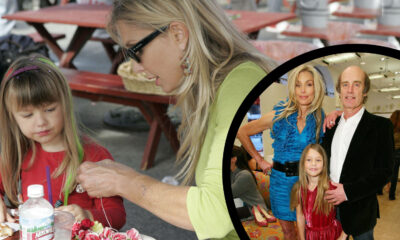
 Celebrity8 months ago
Celebrity8 months agoIndia Rose Brittenham: All You Need to Know About Heather Thomas’ Daughter
-
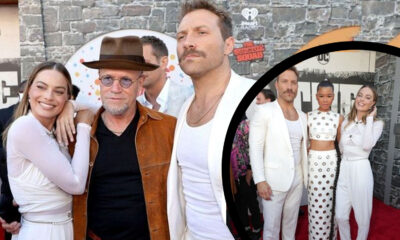
 Celebrity8 months ago
Celebrity8 months agoMargot Rooker: All You Need to Know About Michael Rooker’s Wife
-
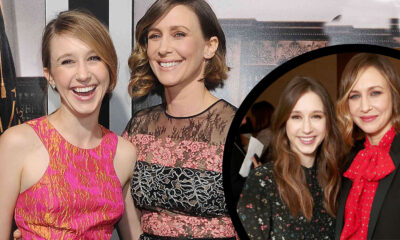
 Celebrity8 months ago
Celebrity8 months agoNadia Farmiga? All You Need to Know About Taissa Farmiga’s Sister
-

 Celebrity8 months ago
Celebrity8 months agoRobert Noah? All You Need to Know About Trevor Noah’s Father
-

 Celebrity7 months ago
Celebrity7 months agoJackie Witte? All You Need to Know About Paul Newman’s First Wife
-

 Celebrity8 months ago
Celebrity8 months agoCheryl Pistono? All You Need to Know About Kareem Abdul-Jabbar’s Ex-Girlfriend
-
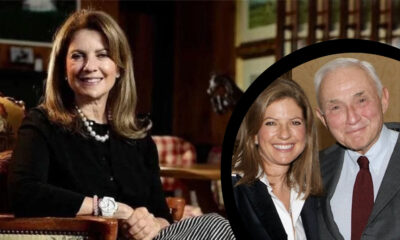
 Celebrity8 months ago
Celebrity8 months agoAbigail S. Koppel? All You Need to Know About Leslie Wexner’s Wife
-

 Celebrity7 months ago
Celebrity7 months agoWho is the Father of Jay-Z? Biography of Adnis Reeves

